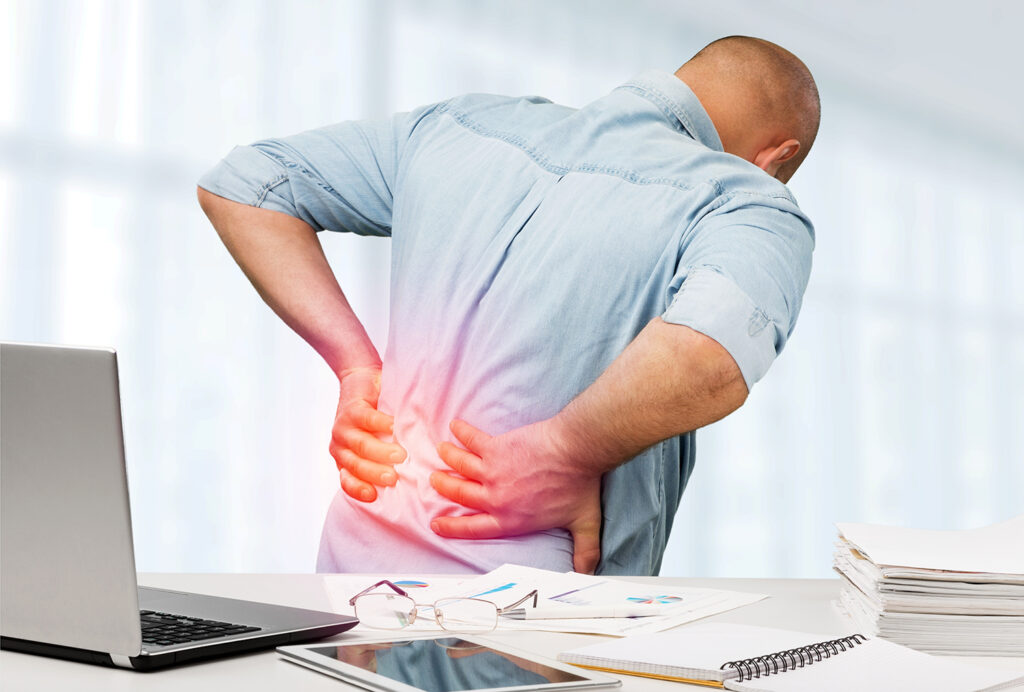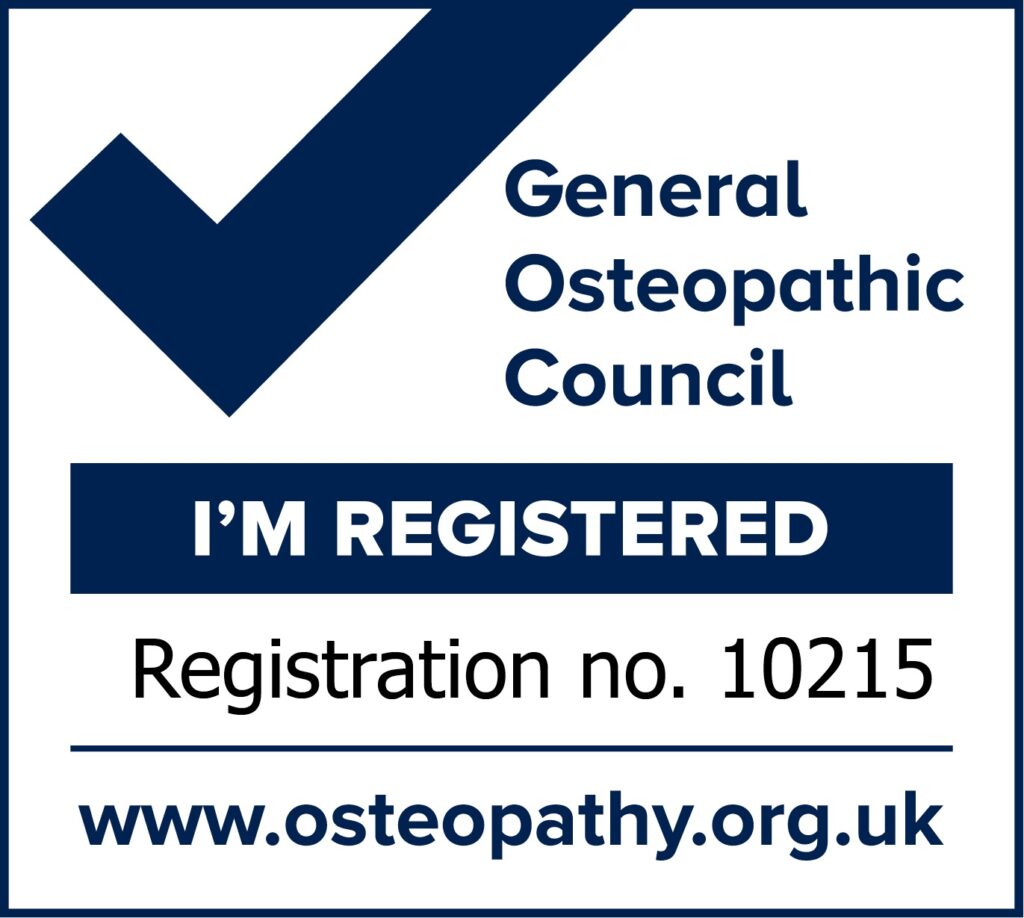(Bulging Disc, Slipped Disc)
Overview
A herniated disc, also known as a slipped or ruptured disc, refers to a condition that affects the intervertebral discs in the spine. The spine is made up of a series of bones called vertebrae, and between each vertebra is a cushion-like structure called an intervertebral disc. These discs act as shock absorbers and provide flexibility to the spine.
A herniated disc occurs when the outer layer of the disc, known as the annulus fibrosus, weakens or tears, allowing the inner gel-like substance called the nucleus pulposus to protrude outwards. This bulging or leaking of the disc material can put pressure on nearby nerves or the spinal cord, leading to various symptoms.
The most common location for a herniated disc is in the lower back (lumbar spine) or the neck (cervical spine), although it can occur in any part of the spine. The symptoms experienced depend on the location and severity of the herniation.
Common symptoms of a herniated disc may include pain, numbness, tingling, or weakness in the affected area. For example, if the herniation is in the lower back, it can cause pain or discomfort in the lower back, buttocks, legs, or feet. If it occurs in the neck, it can lead to pain, numbness, or weakness in the neck, shoulders, arms, or hands.
Herniated discs can be caused by various factors, including age-related degeneration, repetitive strain or injury, improper lifting techniques, obesity, or genetic predisposition. Certain risk factors, such as smoking, sedentary lifestyle, and physically demanding occupations, may also increase the likelihood of developing a herniated disc.
Treatment options for a herniated disc depend on the severity of symptoms and may include conservative measures like rest, manual therapy, physical therapy, pain medications, and steroid injections. In more severe cases, surgical intervention may be necessary to remove or repair the herniated disc.
It is important to consult with a healthcare professional for an accurate diagnosis and appropriate treatment plan tailored to individual needs.

How Osteopathy can help treat symptoms of a Herniated Disc
Osteopathy can potentially help with a herniated disc by addressing the underlying musculoskeletal imbalances and promoting natural healing processes. Osteopathic treatment focuses on restoring proper alignment, mobility, and function to the affected area, which can help alleviate pain and improve overall spinal health.
Here are some ways in which osteopathy may help with a herniated disc:
1. Spinal Manipulation: Osteopaths are trained in various manual techniques, including spinal manipulation or adjustments. These techniques involve applying controlled force to the spine to improve joint mobility, reduce inflammation, and relieve pressure on the affected disc. Spinal manipulation can help realign the spine and reduce pain associated with a herniated disc.
2. Soft Tissue Techniques: Osteopaths may use soft tissue techniques such as massage, myofascial release, and stretching to address muscle tension and imbalances around the herniated disc. By releasing tension in the surrounding muscles, osteopathy can help reduce pressure on the disc and improve overall spinal function.
3. Postural Education and Rehabilitation: Osteopaths can provide guidance on proper posture and body mechanics to prevent further strain on the spine. They may also prescribe specific exercises and stretches to strengthen the supporting muscles and improve spinal stability. This can help reduce the risk of future disc herniations and promote long-term spinal health.
4. Pain Management: Osteopaths may use various pain management techniques, such as heat or cold therapy, electrotherapy, or acupuncture, to help alleviate pain associated with a herniated disc. These techniques can help reduce inflammation, improve blood flow, and promote natural healing processes.
It’s important to note that the effectiveness of osteopathy for a herniated disc may vary depending on the individual and the severity of the condition. Osteopathic treatment is typically used as part of a comprehensive approach that may also include other interventions such as medication, physical therapy, and lifestyle modifications. It’s always recommended to consult with a qualified osteopath or healthcare professional to determine the most appropriate treatment plan for your specific condition.
November 2023


© Copyright 2021 BTST Osteopathy And Sports Massage Clinic.